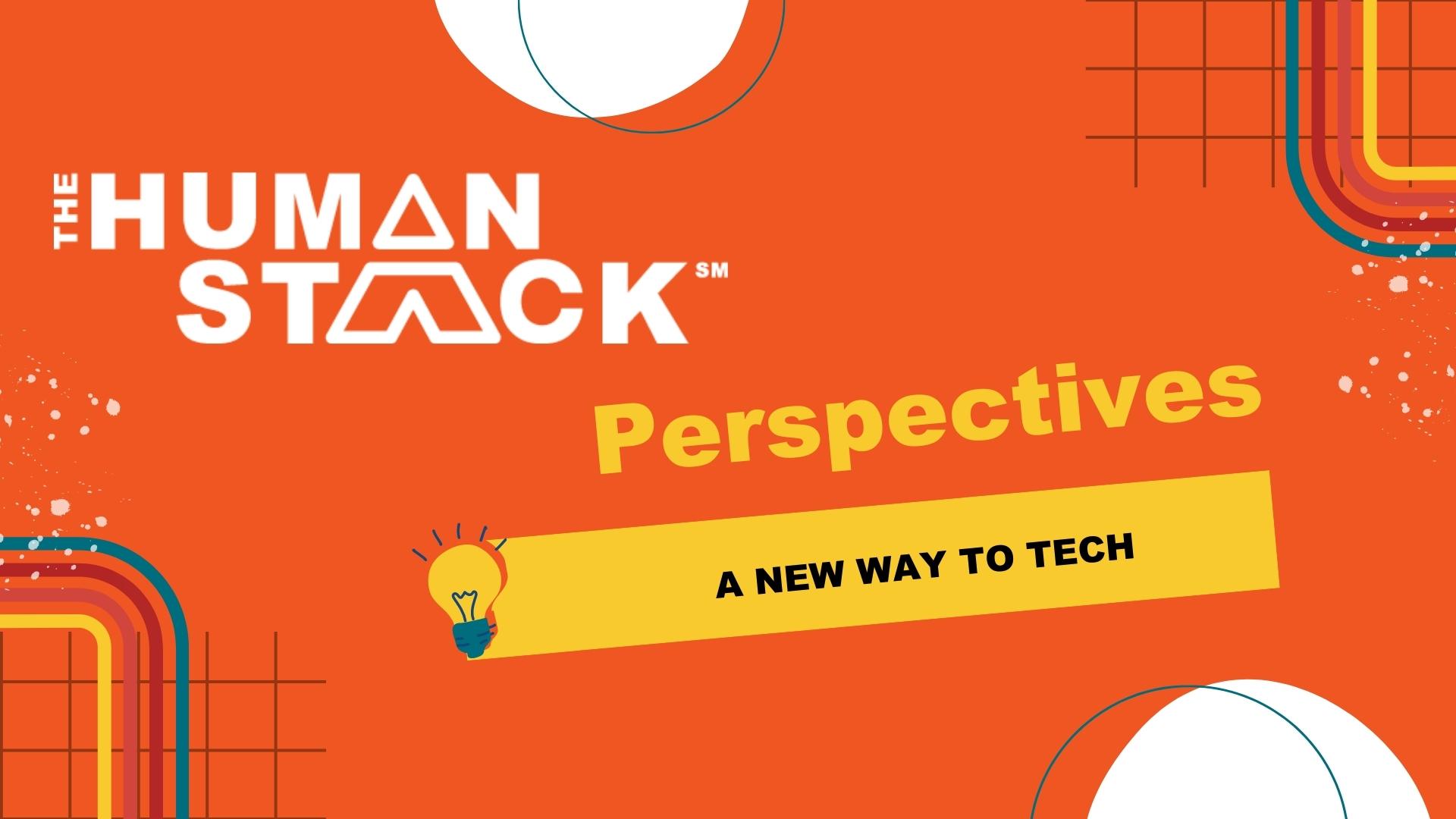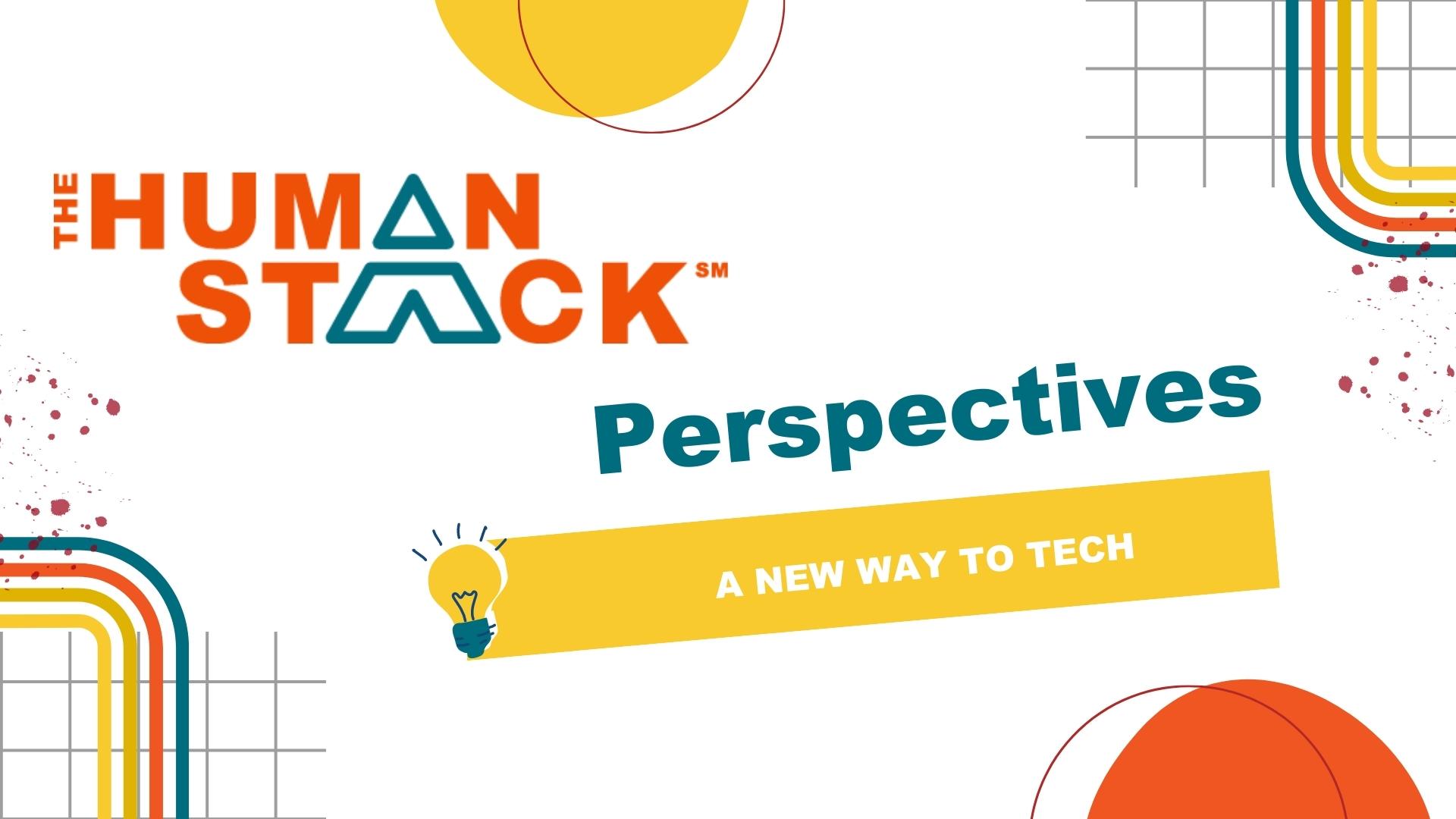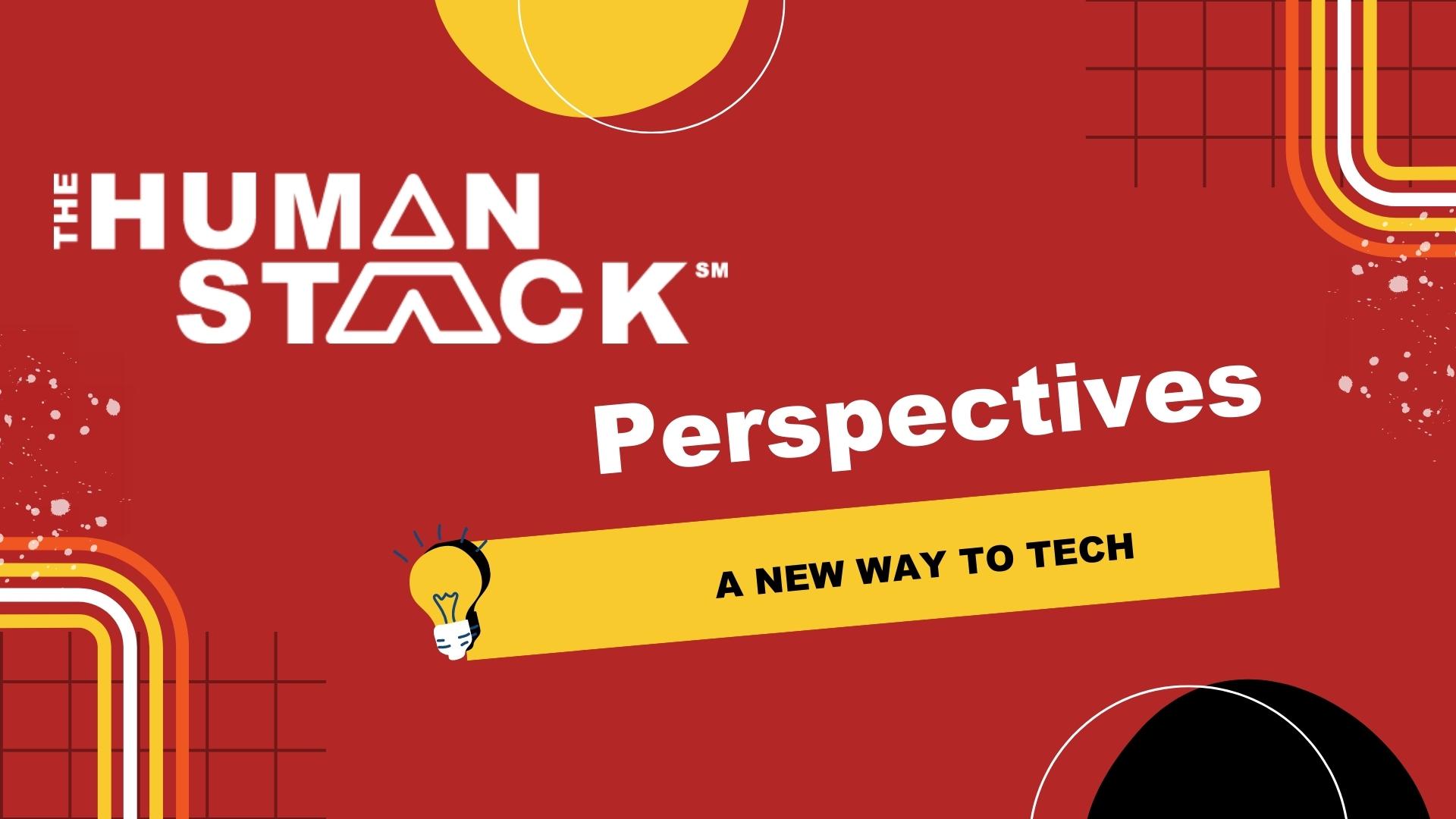3 min read
Nonprofits, You’re Solving the Wrong Problem (Hint: It’s Not the Technology)
 Tim Lockie
:
January 5, 2021
Tim Lockie
:
January 5, 2021
If there is one thing you've learned working in the nonprofit sector, it’s that managing new technology brings disruption –and sometimes frustration. Full workdays quickly become overloaded with additional meetings, training, and testing. The hope for positive change sours if the so-called solution doesn’t live up to expectations. Even worse is when the problem at hand is not solved after a sizeable tech investment.
What if you’re trying to solve the wrong problem? What if, instead of trying to change the technology, you change the people who use the technology first?
It’s time to throw out the old playbook on CRM implementation and the change management that follows. Adopt this new route instead: implement change, then manage technology. When you commit to this alternative change management model, you minimize disruption, grow capacity for change, and increase your ability to adapt and grow. It’s not a quick fix, but with the right coach, your organization can execute some game-changing plays.
Why Behavior Should Change Before Software
When someone wants to achieve a physical goal like losing weight, or gaining muscle mass, they join a gym. If they don't get the results they’re looking for, would it make sense for them to change gyms? They might, but it’d be a better idea to get a personal trainer who can provide personalized guidance, teach new techniques, and help them create a plan. After some time with the new routine, the trainee and trainer might add new equipment or possibly change gyms. But before getting to that point, they need to focus on building a set of habits and behaviors that allow for change. Before abandoning your gym (er, CRM) consider seeking out an expert who can guide you through the necessary behavioral changes to achieve results.
Change management starts with educating and guiding the people using the existing technology before throwing them into something new. In this way, the capacity for change increases because your staff is no longer being handed a new system to learn on top of being spread-too-thin. Confidence is built, momentum shifts and starts churning in the right direction. Sound different from what you've heard before? It's a paradigm shift, to be sure!
Your Organization’s Plan to Fixing the Right Problems First
Producing real, momentum-building change within your staff and your organization takes commitment. It takes time to develop the right technology habits to build accurate data that leads to the insight your organization seeks. Anyone who promises a quick fix isn’t doing you justice. That approach will end up causing more disruption and frustration and lead to lost growth opportunities in the long run.
To implement change before managing technology requires taking a different approach. Here’s what that involves.
- Build a roadmap. A roadmap identifies your long-term strategy and how you’re going to accomplish it. The right technology partner will help you create and manage a multi-year vision. The roadmap will help you think strategically about your objectives. Plus, you’ll know how to structure your goals into a plan that will last many years.
- Voice your complaints. You read that right. The right partner for you will create room for complaints, which is critical for positive change. Complaints are feedback in disguise. You need feedback for growth and improvement. When complaints stop rolling in, that means hope is lost for anything to change. Your implementation partner should encourage complaints and consider them as feedback. What can be implemented, should. What can’t be improved should have an explanation behind it.
- Build better data building habits. You’ll never get the insight you need or create the results you want if you don’t have a foundation of quality data. The right implementation partner will identify records with inaccurate data, then work on a plan to correct a few of those issues every month. A monthly routine for taking small, bite-sized bits of data and making corrections can do wonders for cleaning up your information. Over time, the data gets better and the momentum increases towards positive change.
Shifting Focus From “Technology First” to “People First”
Change management that doesn’t focus on solving the right problem at the outset has led to staff burnout, resistance to change, and failed technology integration... not to mention running out of budget, spirit, and patience.
The good news is, it doesn't have to be this way. With the right partner, your organization can implement change before managing technology and see real change. You can have the guidance, advice, and support you need to get the most functionality out of staff and software.






